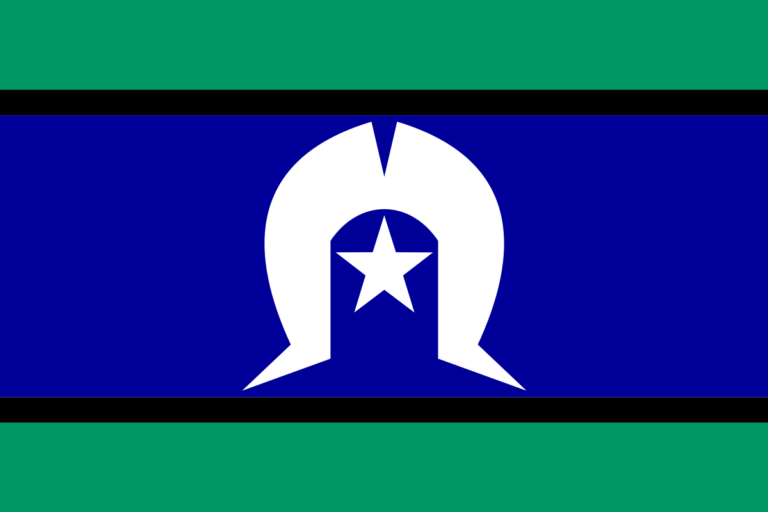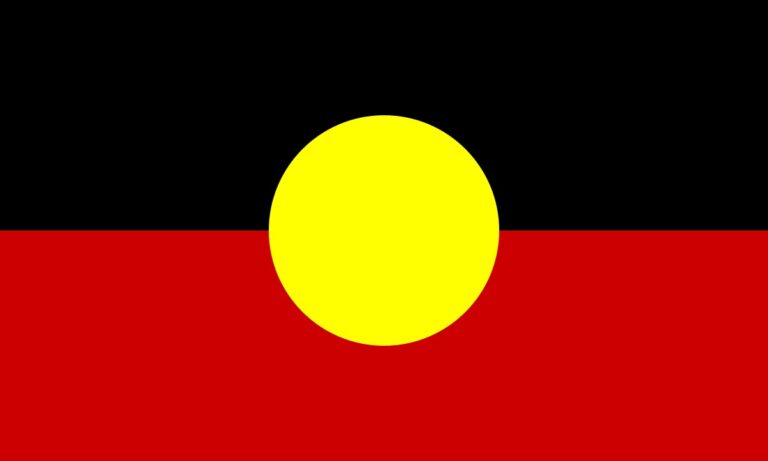Researcher
Dr Maggie Brady, ANU
Summary
The aim of this research was to fill a gap in existing examinations of the history of how Indigenous Australians met with, and learned about, alcohol. The research aimed to counter the many stereotyped ideas about this history. These misunderstandings affect the way in which Indigenous people feel about themselves, and the ways in which solutions to problems are sought. Stereotypes also affect perceptions of Indigenous Australians by others. Many of these ideas have been around for a long time, and many of them relate to the history of early encounters with alcohol.
The research challenges many widespread beliefs, for example the idea that traditionally Indigenous Australians had no fermented drinks, as well as the idea that Indigenous alcohol use began in 1788. It seeks to provide a social, historical, and cultural analysis, rather than searching for the underlying causes of alcohol problems, and stresses the power of social learning.
Outcomes
The research resulted in the publication of a set of six illustrated resources entitled: First Taste. How Indigenous Australians Learned about Grog. They have been written in plain English, each one taking a historical theme in order to understand more about how Indigenous people learned to drink. The books look at how social and historical events have influenced Indigenous attitudes to, and expectations of, alcohol.
The research is presented as a set of 6 booklets:
Book 1 Aims and Ideas
Introduces the series, and challenges the common ideas and misunderstandings about alcohol and Indigenous people that are discussed in books 2 to 6.
Book 2 First taste of alcohol
Tells the story of traditional Aboriginal alcoholic drinks and describes how Aboriginal people in southern Australia responded to the first taste of European alcohol by rejecting it.
Book 3 Strong Spirits from Southeast Asia
Tells how strong liquor first arrived in the north, not the south of Australia. The Makassans from Sulawesi brought arrack, and the Filipinos brought tuba to the Torres Strait Islands.
Book 4 The story of the bottle
Tells how important bottle glass was to Indigenous people, as the raw material for making spear points and cutting tools. Today modern Aboriginal artists use bottles in different ways to make statements about drinking.
Book 5 Learning to drink from the English
Tells the story of how the early settlers drank. Aboriginal men such as Bennelong were taught English drinking customs; others witnessed and mimicked drunkenness.
Book 6 Struggles over drinking rights
Explains the effects of prohibition laws on the process of ‘learning’ to drink and on all-or-nothing patterns of consumption. Aboriginal Christians and civil rights campaigners had different views on lifting the drinking bans.
By looking at history more carefully, these books are designed to educate and empower Indigenous people on alcohol issues and contribute to greater understanding and reconciliation between Indigenous and non-Indigenous Australians. They are resources designed for students, health workers, those working in alcohol and other drug areas – and for any person wanting to learn more about this history.






